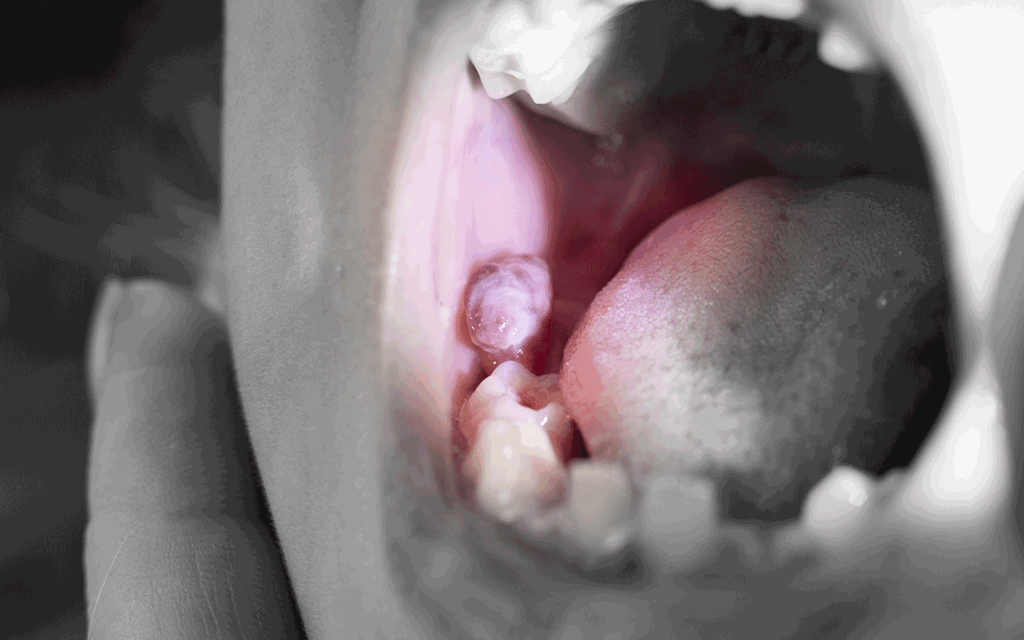
Oral cancer in India has emerged as a significant public health challenge, reflecting a disturbing trend in incidence rates and the urgency for better awareness and treatment approaches. This blog delves into the present scenario of oral cancer in India, exploring its prevalence, symptoms, treatment options, and expert insights on lifestyle choices that could mitigate risk.
The Escalating Trend of Oral Cancer in India in the Last Decade
Over the past decade, India has witnessed a concerning rise in the incidence of oral cancer, attributed primarily to lifestyle choices and demographic transitions. This section further explores this trend with relevant data points and references.
Data Highlighting the Rise
- Increasing Incidence Rates: A study by the National Cancer Registry Programme (NCRP) highlighted a significant rise in oral cancer cases in India. In recent years, there has been an observable increase in the age-standardized incidence rates, especially among men. For instance, the Mumbai cancer registry reported a 2.7% annual increase in these rates over a period of 15 years.
- Gender and Regional Disparities: The prevalence of oral cancer is notably higher in men than in women. Specific regions in India, such as the western states and major urban centers like Mumbai and Ahmedabad, show particularly high rates. Ahmedabad’s cancer registry records the highest age incidence rate of oral cancer at about 28.7 per 100,000 population.
- Demographic Impact: The demographic transition in India, especially in the younger population, influences the increase in oral cancer cases. This is largely due to the prevalence of risk factors like tobacco and alcohol use among the youth, especially in economically lagging states.
- Projected Increase in Cases: According to GLOBOCAN’s prediction accessed in 2016, the number of oral cancer cases in India was expected to rise significantly from 77,003 in 2012 to 94,903 by 2020. This projection indicates a consistent upward trend in the incidence of oral cancer.
Contributing Factors
- Tobacco and Alcohol Use: The primary contributing factors to the rise in oral cancer cases in India are tobacco and alcohol use. The IARC report states that there is a 35% reduction in the incidence of oral cancer among former smokers within 4 years of cessation compared to current smokers. The risk further decreases significantly after 20 years of cessation.
- Socioeconomic Factors: The rise in oral cancer cases is also influenced by socioeconomic factors. Regions with higher poverty rates and lower levels of education tend to have higher incidences of oral cancer, partly due to increased consumption of tobacco and alcohol.
Demographic Influences
India’s demographic transition significantly impacts the prevalence of oral cancer. A large portion of the young population, especially in economically lagging states, is prone to tobacco and alcohol usage, escalating the risk of oral cancer.
Recognizing Symptoms and Early Signs
Oral Potentially Malignant Disorders (OPMD)
Oral cancer often develops from precancerous lesions due to environmental factors. The most common premalignant lesion is oral leukoplakia (OLP), with a variable risk of malignant transformation. Awareness and early diagnosis of these precancerous conditions are crucial in preventing progression to oral cancer.
Advancements in Diagnosis and Treatment
Modern Diagnostic Approaches
There have been considerable advancements in diagnosing oral cancers, including the use of modern detection systems and biomarkers. However, these technological improvements have also contributed to increased treatment costs.
Treatment Options and Healthcare Costs
Treatment of oral cancer in India varies based on the stage of the disease. The healthcare pathway includes surgical resection, possibly followed by reconstructive surgery, radiotherapy, and chemotherapy. The cost of treatment, however, poses a significant challenge, with many patients facing economic burdens and increased out-of-pocket expenses.
Expert Opinions on Lifestyle Choices
The Impact of Tobacco and Alcohol
The International Association for Research in Cancer (IARC) emphasizes that quitting smoking significantly reduces the risk of developing oral cancer. The risk decreases substantially within four years of smoking cessation and aligns with the risk in non-smokers after 20 years of cessation.
Role of Healthcare Providers
Oral health providers play a crucial role in reducing the burden of oral cancer. This involves enforcing laws related to tobacco and alcohol use, increasing awareness, and implementing reproducible methods of oral cancer screening.
Conclusion: A Call to Action
The rising incidence of oral cancer in India calls for urgent and concerted efforts from all stakeholders, including healthcare providers, policymakers, and the public. While advancements in diagnosis and treatment are commendable, the focus must also be on preventive measures, early detection, and making treatment more affordable and accessible.
References
- “A REVIEW ON CURRENT SCENARIO OF ORAL CANCER IN INDIA WITH SPECIAL EMPHASIS ON MODERN DETECTION SYSTEMS AND BIOMARKERS” – ResearchGate
- “A prospective study to determine the cost of illness for oral cancer in India” – ecancer.org
- “India’s demographic transition and burden of oral cancer” – Journal of Academy of Dental Education


